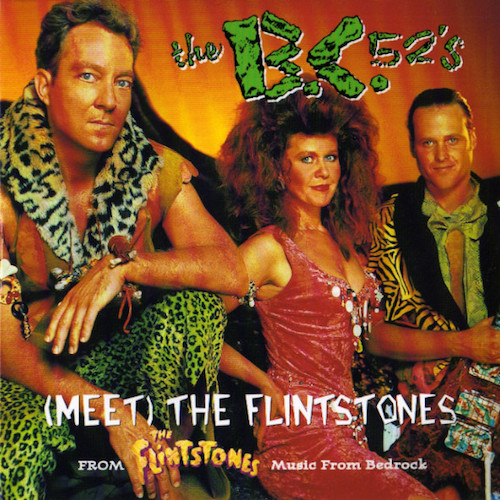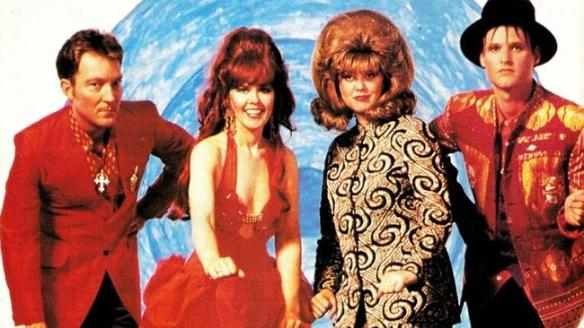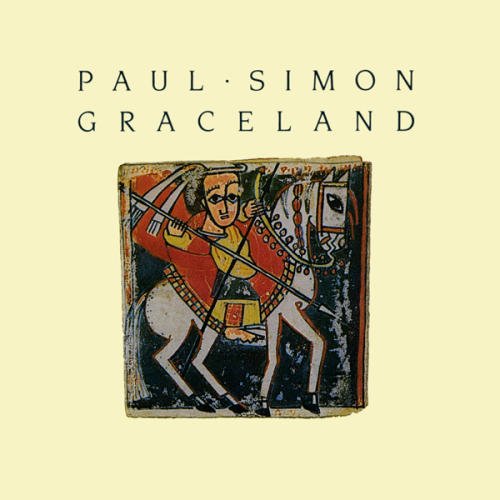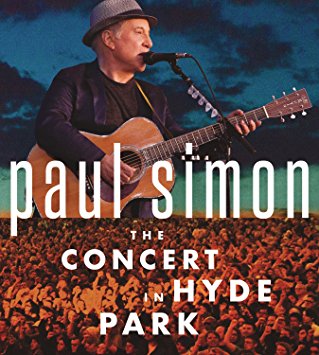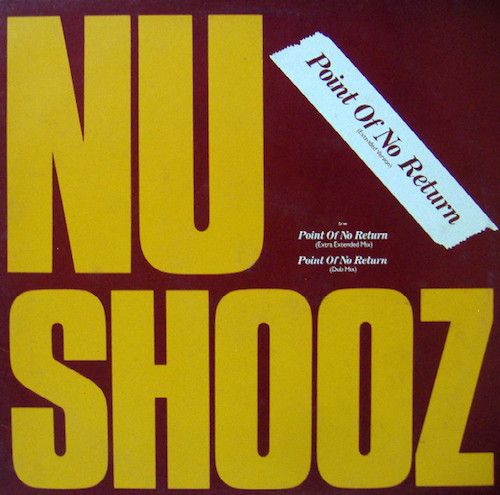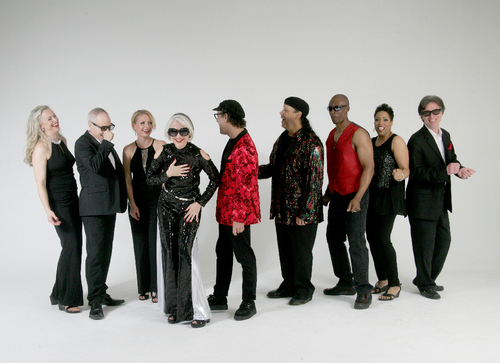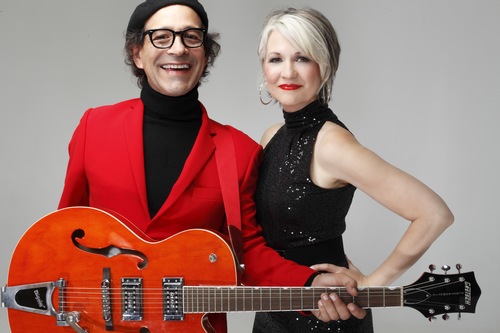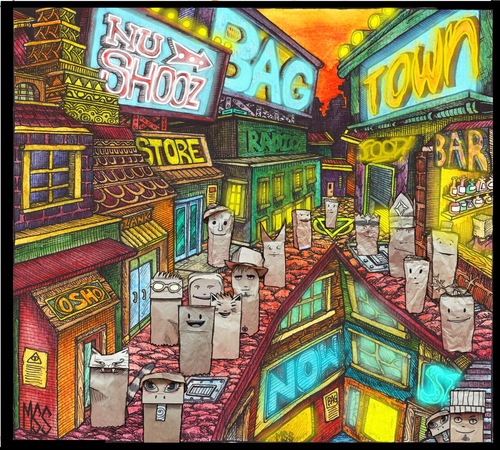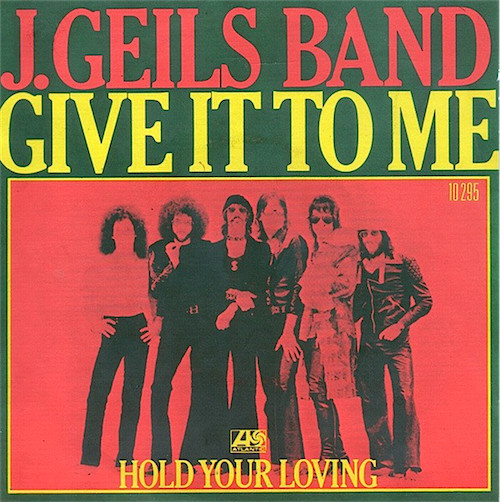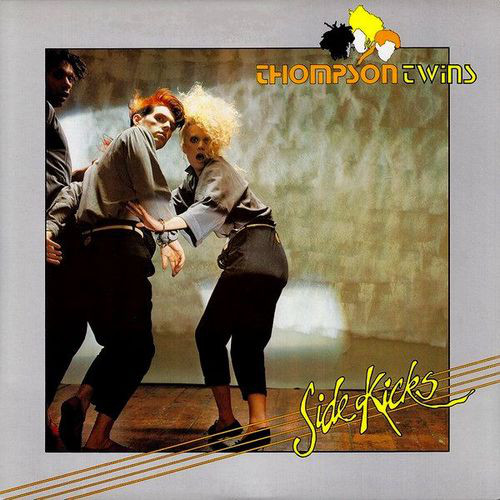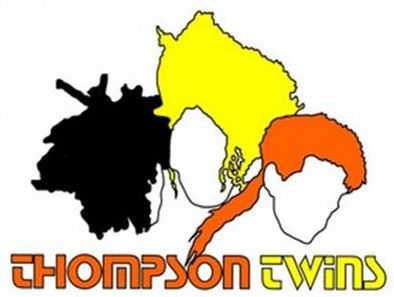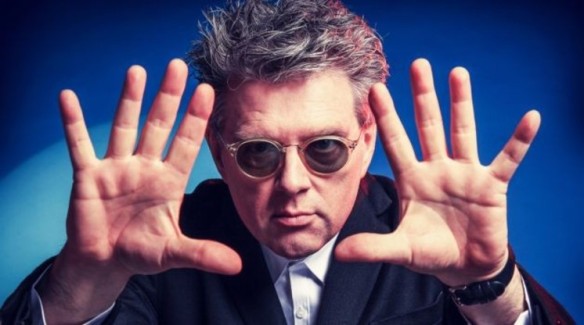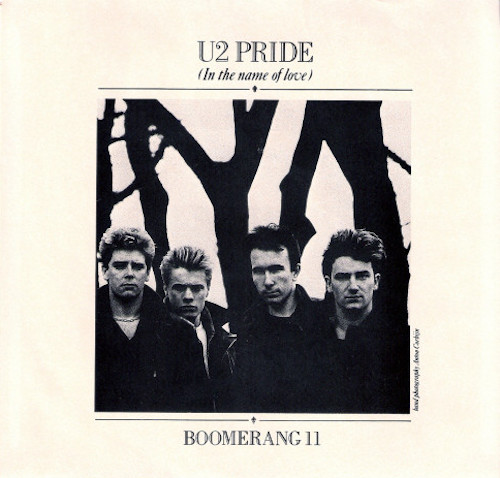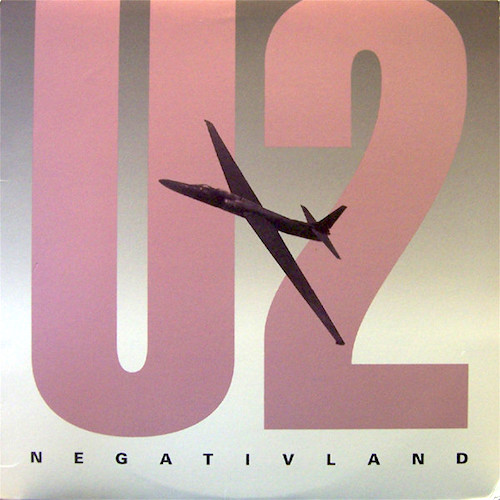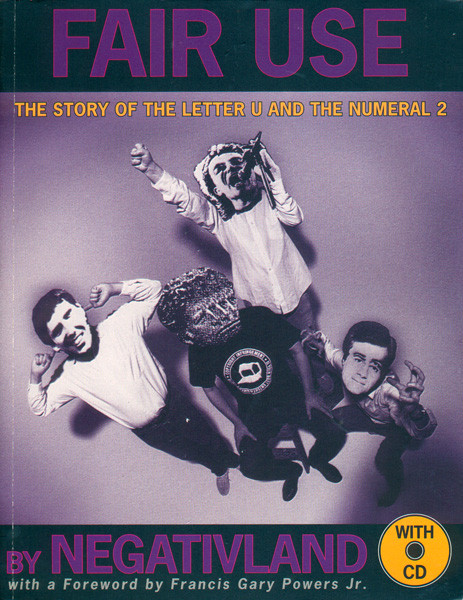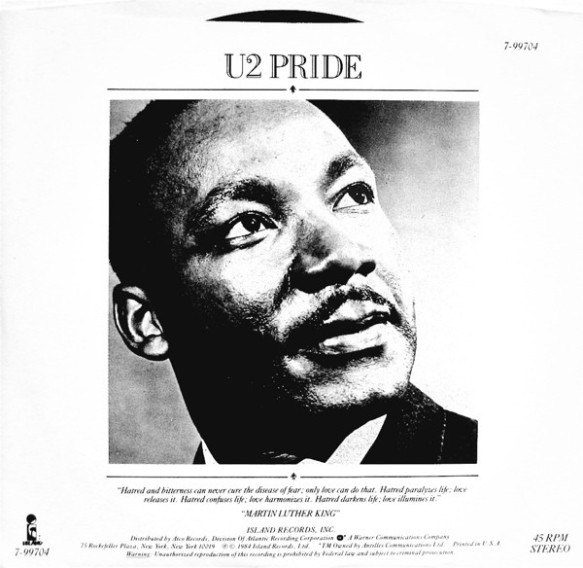Happy Star Wars Day (it’s still Star Wars Day somewhere)! May The 4th Be With You! (and also with you! aaah, Catholic humor, I never tire of it…)
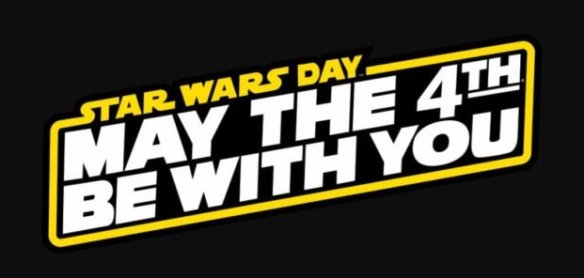
Being the singles chart nerd that I am, I was looking through the BILLBOARD Hot 100 charts from the 80s to see if there was (1) a chart dated May 4 (1985 was the only one in the decade), and (2) to see if there was anything out of this world (like Star Wars) that was new and noteworthy to write about. Mmmm not so much. But, over in the U.K., I did find a single that might as well have been out of this world, and it was released on May 4, 1982: “Hungry Like The Wolf” by Duran Duran.

I’ve always loved this rooftop picture from the RIO album! From L to R: Andy Taylor, Nick Rhodes, Simon Le Bon, Roger Taylor, John Taylor.
Unbeknownst to me and most of the United States, Birmingham England’s Fab 5, Duran Duran — consisting of lead singer Simon Le Bon, keyboardist Nick Rhodes, bassist John Taylor, guitarist Andy Taylor and drummer Roger Taylor (all three Taylors are unrelated) — was pretty successful in their homeland prior to the first time I had discovered “Hungry Like The Wolf” on the radio.
Duran Duran formed in 1978, and in 1981, released their eponymous debut album, a No. 3 Platinum release that remained on the U.K. Top 100 album chart for over two years and generated three U.K. Top 40 hits, including the big No. 5 hit, “Girls On Film.”

The original 1981 release of Duran Duran’s eponymous debut album.
But, despite being successful in the U.K. and other parts of the globe, Duran Duran initially had a hard time reaching an audience here in the U.S. with their debut album, and their second album, RIO, which was released globally on May 10, 1982.
At the time of its initial release, “Hungry Like The Wolf” reached No. 5 in the U.K., and No. 4 on the Irish Singles Chart, which was Duran Duran’s first Top 10 hit in Ireland. “Hungry Like The Wolf” was released in the U.S. in early June 1982, but did not even make the Billboard Hot 100. U.S. radio wasn’t interested.

A U.K. 12″ single version of “Hungry Like The Wolf.”
But Duran Duran wanted success in America, and then an unexpected part of the equation came to fruition: the untapped resource that was MTV.

One of the many MTV logos in 1982.
MTV (or MTV Music Television as it was known back in the day) was less than a year old at that point, and Duran Duran was not getting any airplay on the new music video channel AT ALL.
But, in a smart move by music video director Russell Mulcahy, who had directed the band’s first video, for “Planet Earth,” the video for “Hungry Like The Wolf” (and two other songs on RIO) was filmed in Sri Lanka, was inspired by RAIDERS OF THE LOST ARK, and the exotic, slick and creative video paid off.
The powers that be at MTV absolutely loved the video for “Hungry Like The Wolf,” and less than a couple of months after the video was shot, it was already in heavy rotation at MTV. By then, it was only a matter of time before Duran Duran would get their wish for success in America.
On Xmas Day 1982, “Hungry Like The Wolf” finally made its debut on the BILLBOARD Hot 100, at No. 77. Within a month, it worked its way inside the Top 40, and for awhile, it seemed to be a chart race between “Hungry Like The Wolf” and Culture Club’s debut single, “Do You Really Want To Hurt Me,” which had been on the chart for a few weeks more.

Both songs reached the Top 10 of the BILLBOARD Hot 100 the same week in the second half of February 1983, with Culture Club consistently and directly in front of Duran Duran every week for 10 consecutive weeks. Starting for three weeks at the end of March 1983, “Do You Really Want To Hurt Me” peaked at No. 2 (behind Michael Jackson’s monster hit, “Billie Jean”), and true to form, for the same three weeks, “Hungry Like The Wolf” peaked at No. 3. Both songs finished the year in the Top 20 for all of 1983 here in America.

The U.S. 7″ single version of “Hungry Like The Wolf.”
A lot of the global success of “Hungry Like The Wolf” can also be attributed to famed American producer, David Kershenbaum, who remastered the RIO album in November 1982, and remixed a number of the songs on the album, including “Hungry Like The Wolf.” These remixes were part of an EP called CARNIVAL and included “Night Versions” of “Rio,” “Planet Earth,” “Girls On Film” and the aforementioned “Hungry Like The Wolf.”

The European version of the CARNIVAL EP.
Some Carnival remixes that didn’t make the CARNIVAL EP ended up on the U.S. Harvest Records version of RIO, a version of the album that I have had in my collection for almost 40 years. For the longest time, I didn’t know certain other versions of some of RIO’s songs even existed. That’s the way I will always remember RIO though — the “U.S. Kershenbaum version 2” release. It will forever be one of my all-time favorite albums.
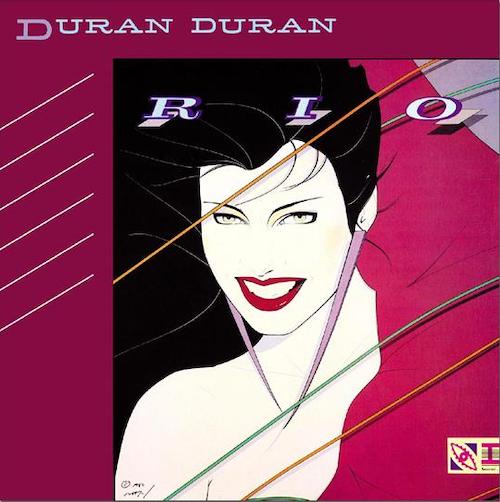
Around the globe, fans of the Fab 5 were hungry for “Hungry Like The Wolf,” and it spent five weeks at No. 2 in Canada, reached No. 4 in Finland, Italy, New Zealand and South Africa, No. 5 in Australia, No. 25 in Poland, No. 36 on BILLBOARD’s Dance chart, and spent three weeks at No. 1 on BILLBOARD’s Rock chart.
Between 1982 and 2004, Duran Duran racked up 21 BILLBOARD Hot 100 hits. 15 of those reached the Top 40, 11 of those reached the Top 10, and two went to No. 1 – 1984’s “The Reflex” (also aided by a remix, this one by Nile Rodgers, a longtime collaborator with the band), and 1985’s “A View To A Kill,” still the only James Bond theme to reach No. 1 here in the U.S., despite strong Top 10 attempts by Paul McCartney and Wings, Sheena Easton, Madonna, Adele and the unforgettable Shirley Bassey.

The U.K. version of “A View To A Kill.”
Duran Duran is no longer the Fab 5 (Andy Taylor left the band again after their 2004 reunion album, ASTRONAUT), but in 2015, they released their most recent studio album, the excellent PAPER GODS, which brought them back to the Top 10 of the BILLBOARD Album Chart for the first time in 22 years!
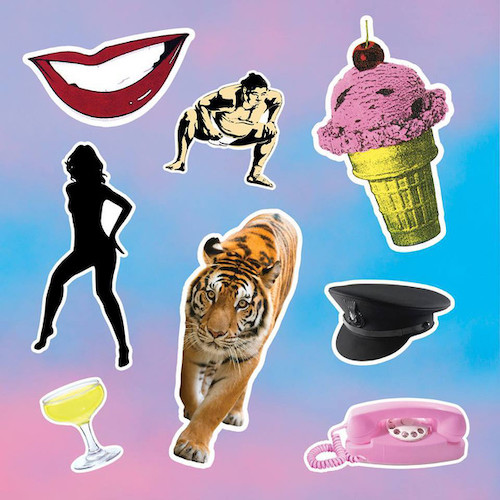
The cover art for the 2015 PAPER GODS album.
The band is still together and thriving today, with their 15th studio album in the works for a Fall 2020 release! Four years ago, with Duran Duran promoting PAPER GODS, my dear friend Shawn and I got to see them perform (with Nile Rodgers and Chic opening!) in Brooklyn, NYC for one of THE BEST concerts we have ever seen. And we’ve seen some. It was totally worth the 34-year wait!
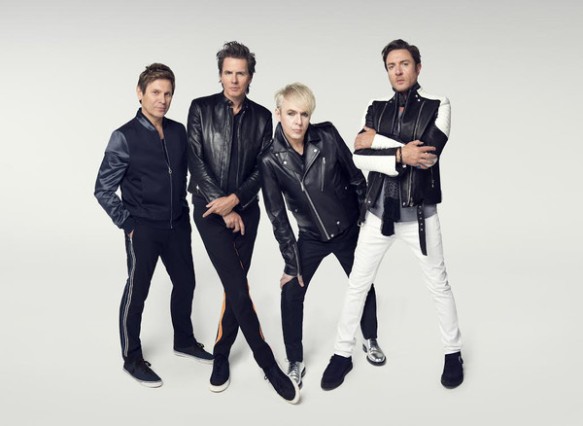
Duran Duran in 2015.
So, even though “Hungry Like The Wolf” may not be “out of this world,” I’m grateful, because it introduced me to a world with Duran Duran in it, a band that remains as one of my all-time favorite bands, and is from an album I will treasure forever. I also take comfort in the fact that, after nearly 40 years, “Hungry Like The Wolf” is still a staple on radio stations today, and will be for all time, thankfully in a galaxy not so far, far away…
“Burning the ground, I break from the crowd / I’m on the hunt down, I’m after you / I smell like I sound, I’m lost and I’m found / And I’m hungry like the wolf…”
https://www.youtube.com/watch?v=oJL-lCzEXgI

Duran Duran, 1982. I may actually have this poster somewhere!


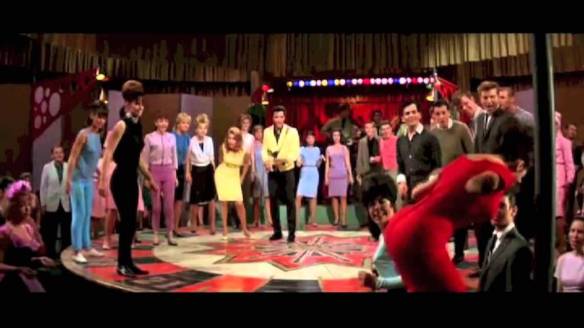
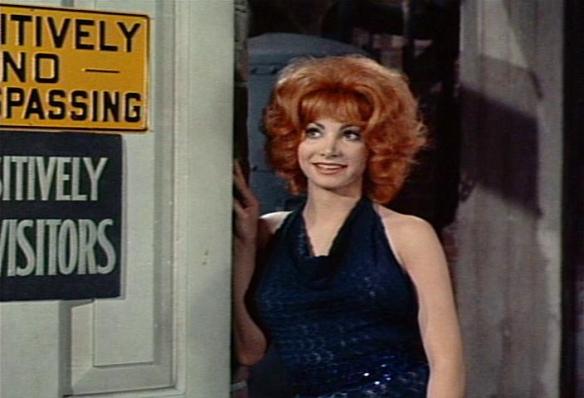
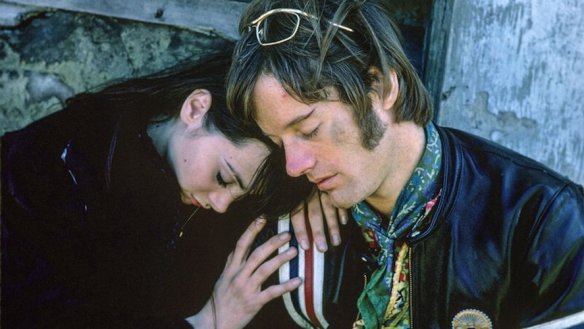
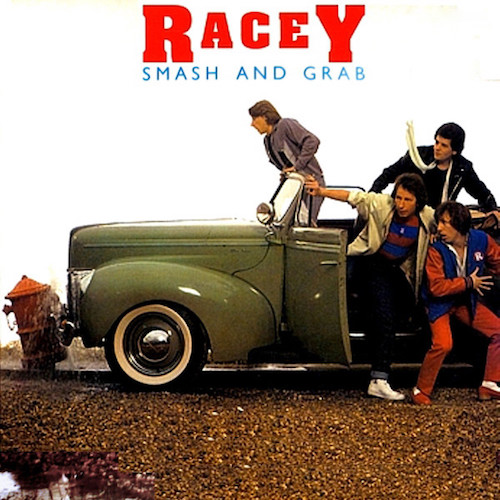
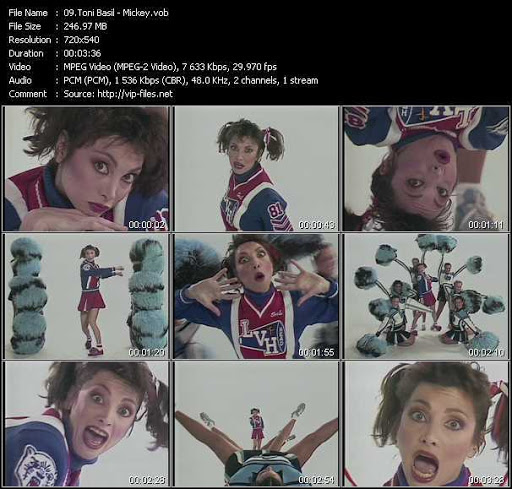
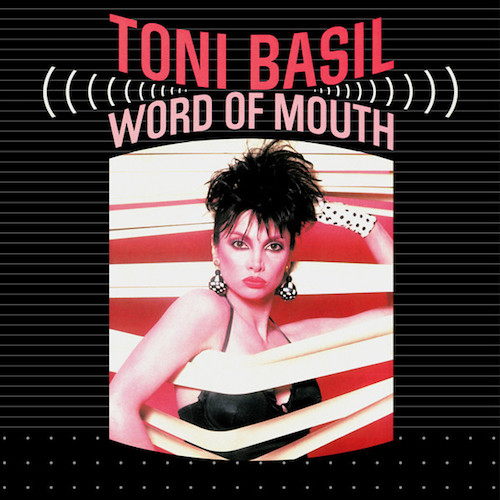


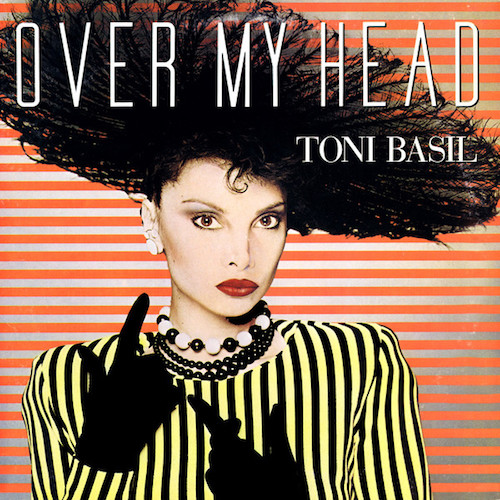
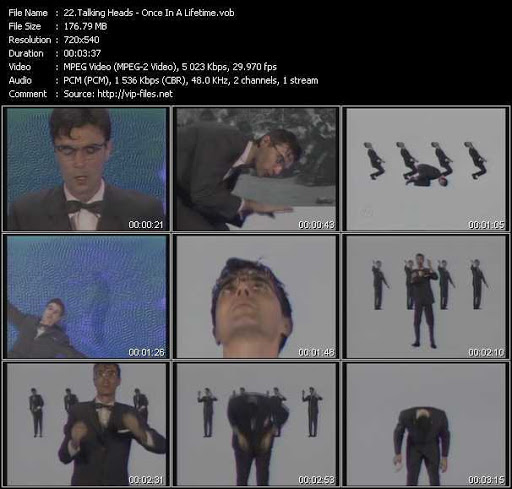


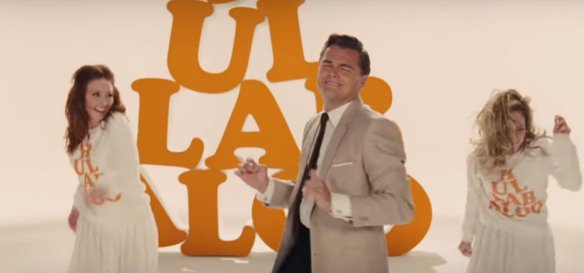
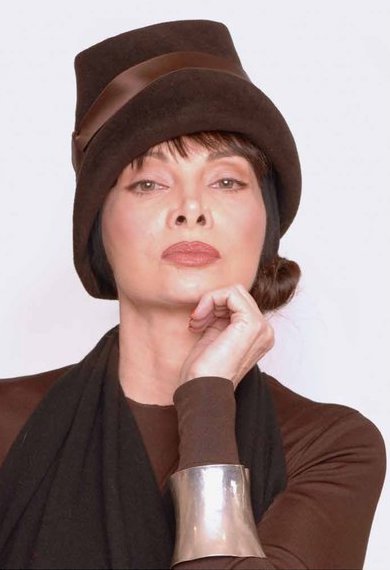
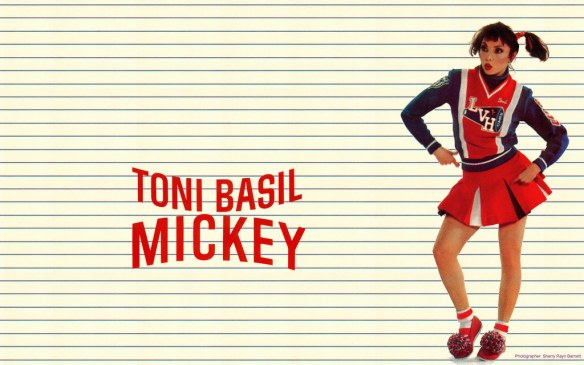
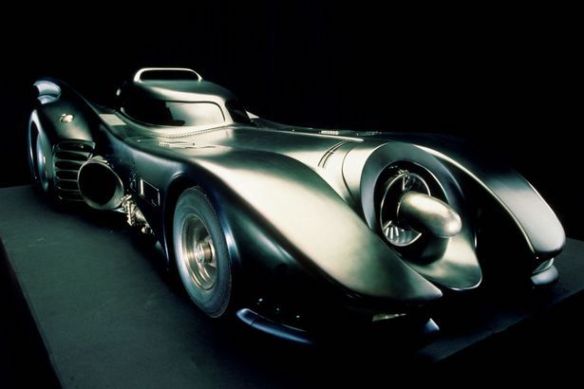
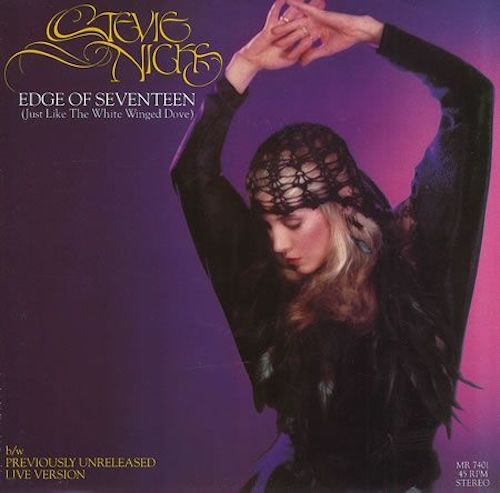
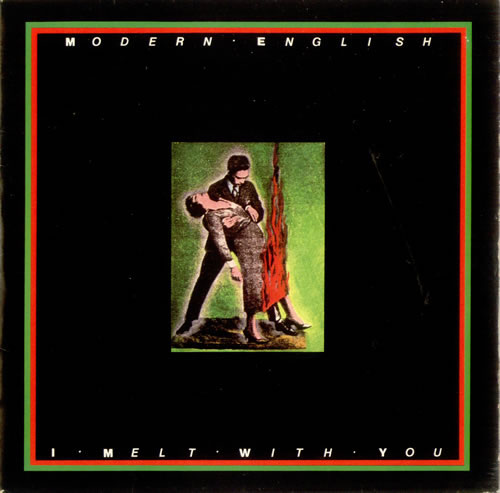
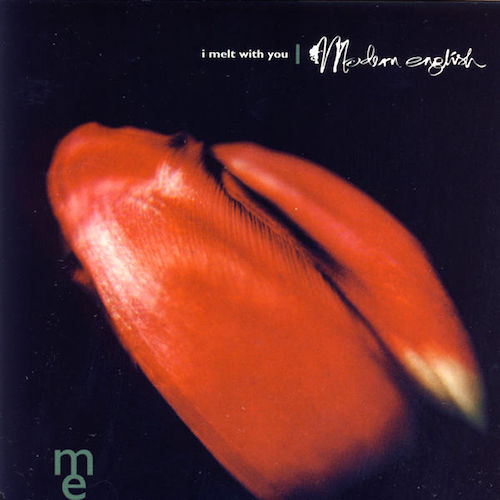

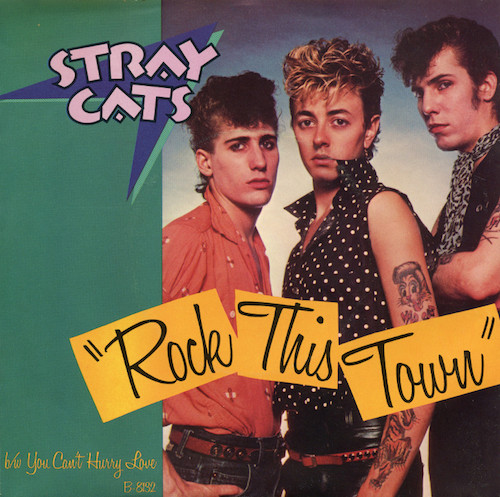
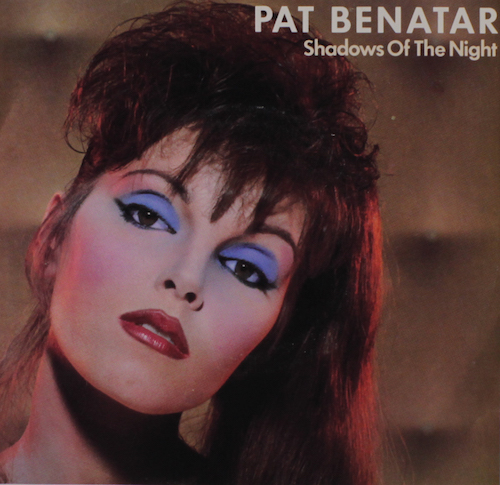

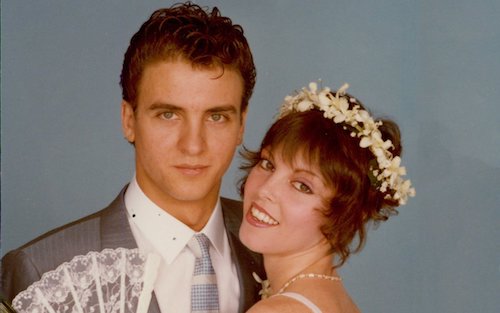

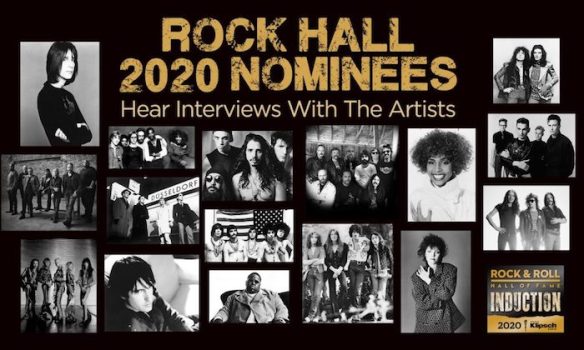


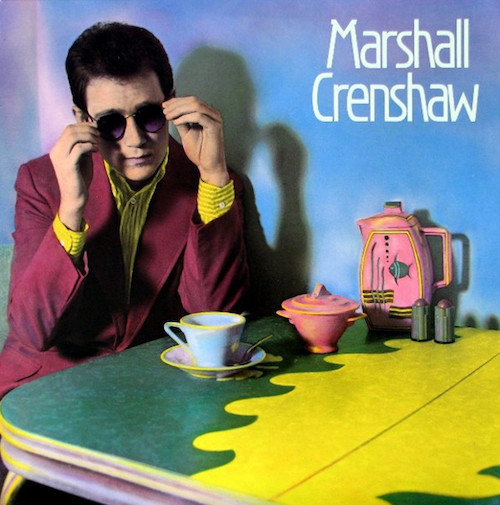
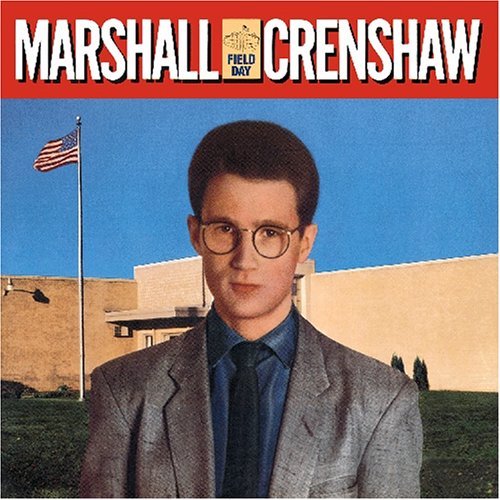
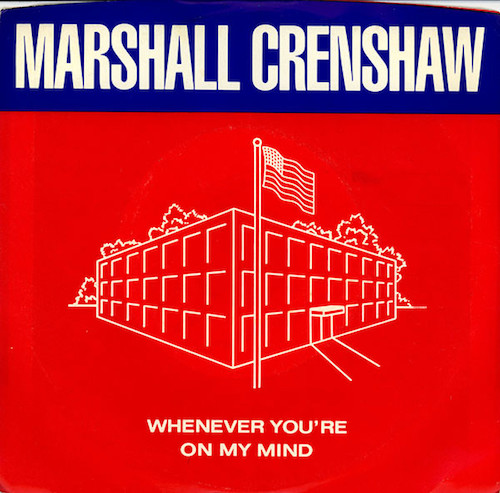


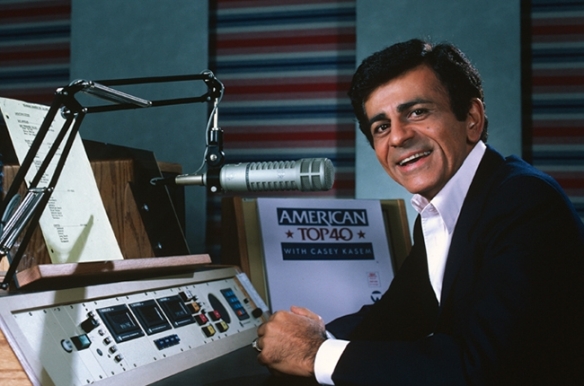
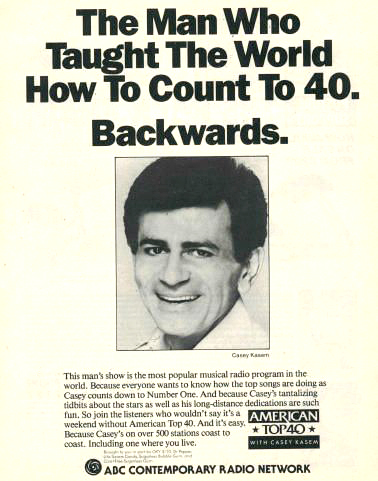
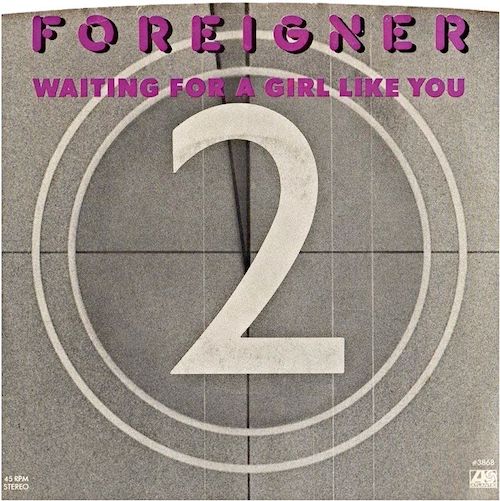

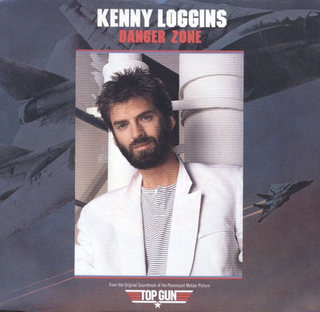 Some of the biggest songs in history that maybe you thought were No. 1 hits in America were actually No. 2 hits, such as “Girls Just Want To Have Fun” by Cyndi Lauper, “Easy Lover” by Philip Bailey and Phil Collins, “We Got The Beat” by The Go-Go’s, “Electric Avenue” by Eddy Grant, “Danger Zone” by Kenny Loggins, “Hurts So Good” by John Mellencamp, “Start Me Up” by The Rolling Stones and “Purple Rain” by Prince And The Revolution.
Some of the biggest songs in history that maybe you thought were No. 1 hits in America were actually No. 2 hits, such as “Girls Just Want To Have Fun” by Cyndi Lauper, “Easy Lover” by Philip Bailey and Phil Collins, “We Got The Beat” by The Go-Go’s, “Electric Avenue” by Eddy Grant, “Danger Zone” by Kenny Loggins, “Hurts So Good” by John Mellencamp, “Start Me Up” by The Rolling Stones and “Purple Rain” by Prince And The Revolution.
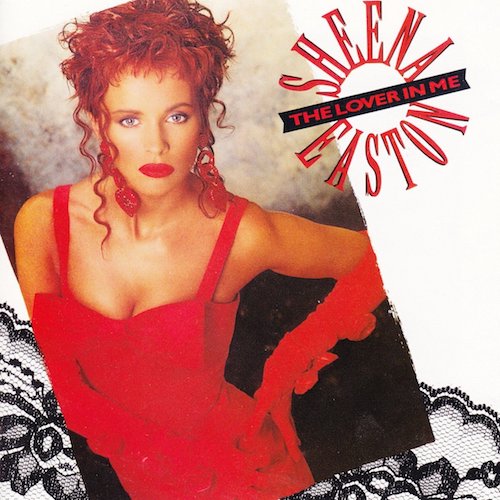


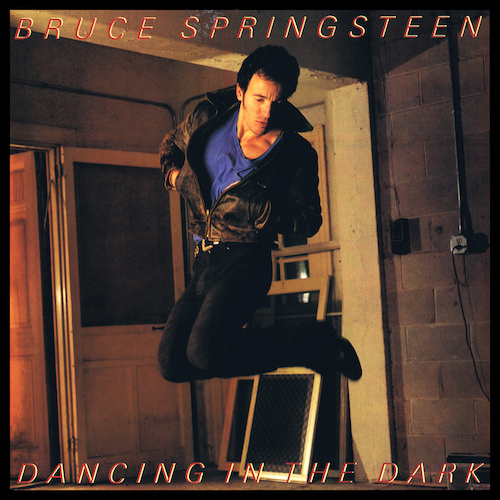
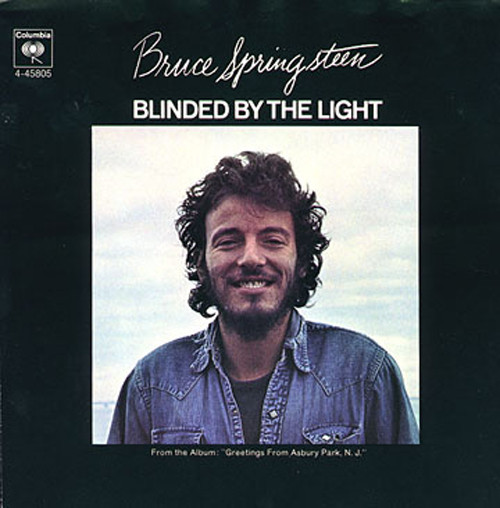

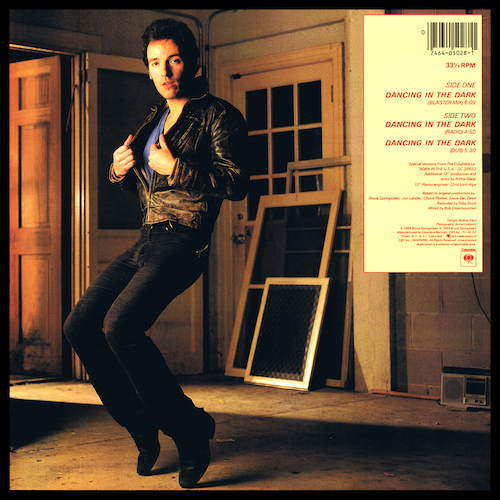

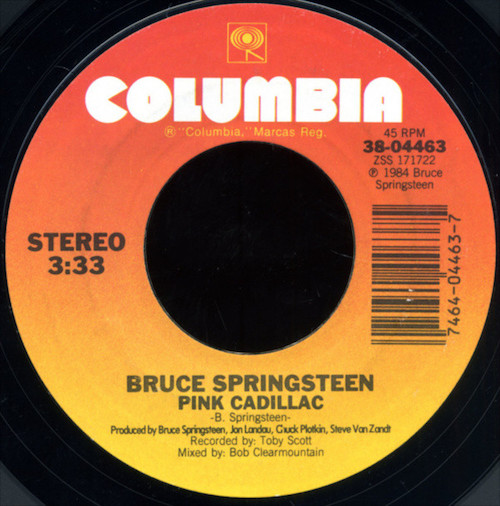
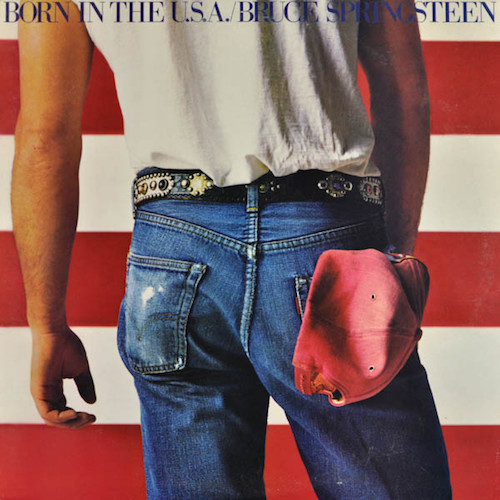
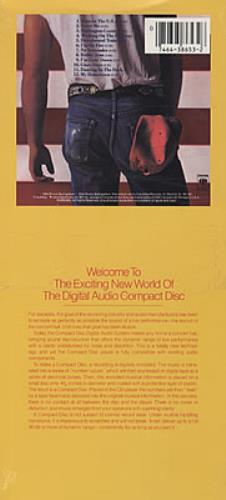



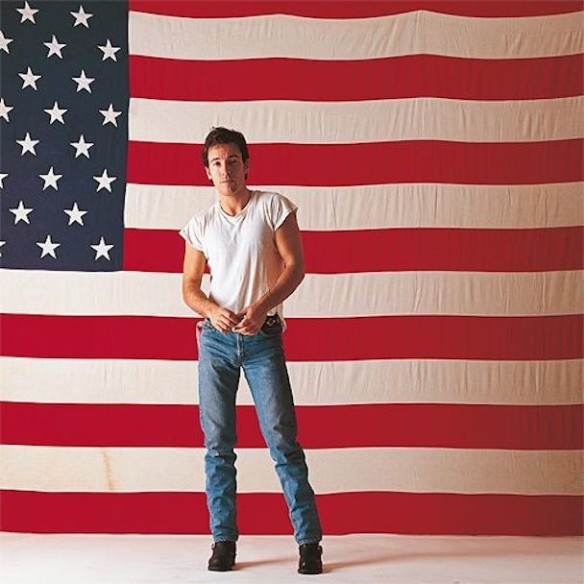
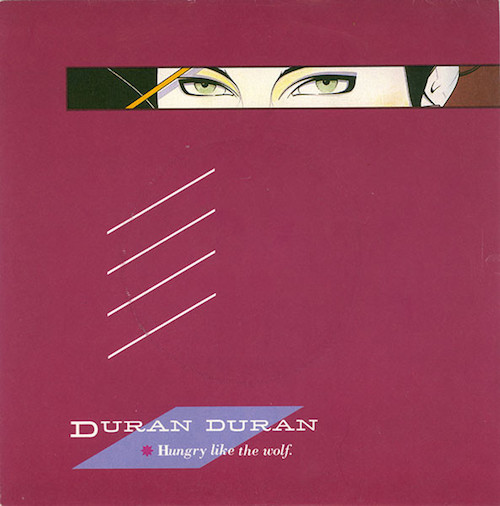
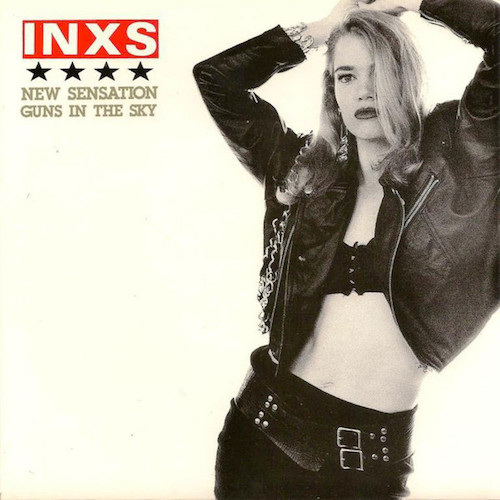
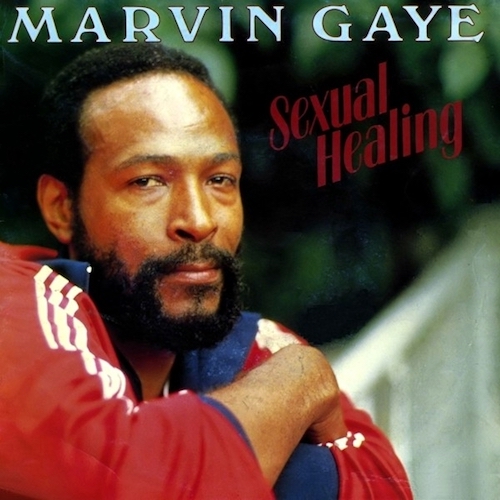
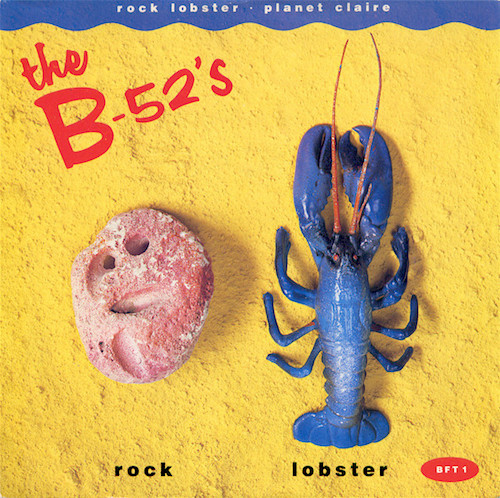
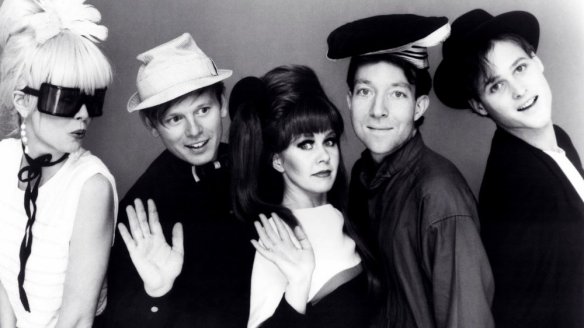

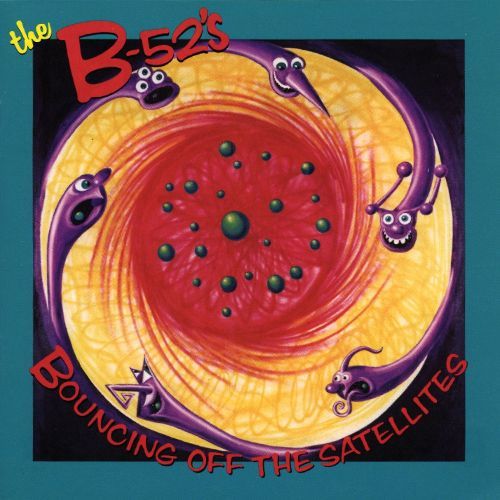
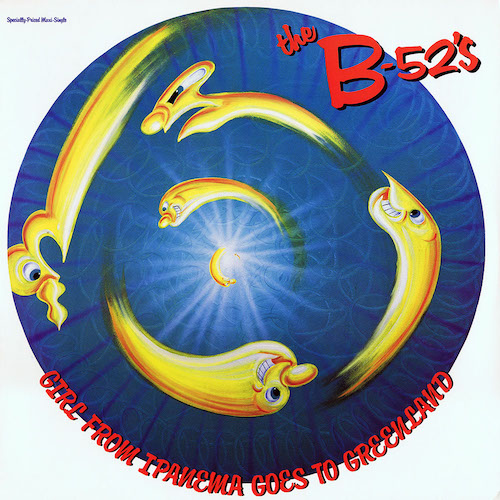
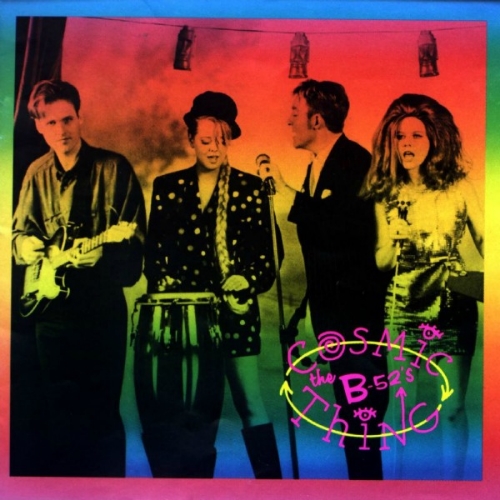
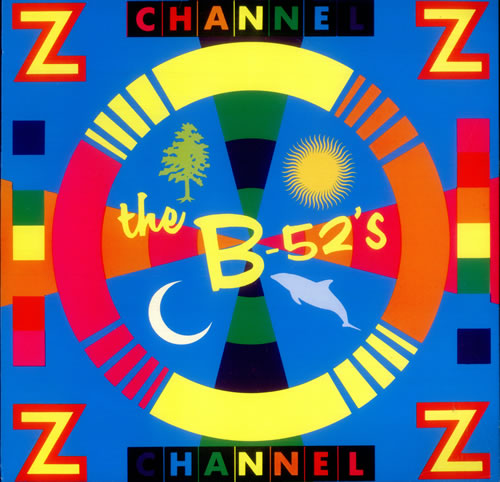
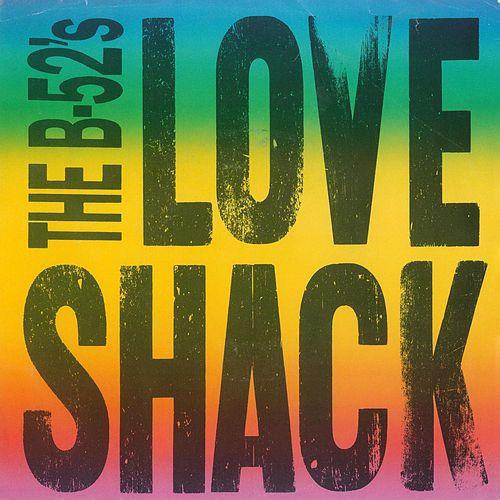

 NERDY FUN FACT: “Love Shack” was produced by Don Was, and the inspiration for the song was this cabin around Athens, GA, which had a tin roof, and where the band conceived their first hit, “Rock Lobster.”
NERDY FUN FACT: “Love Shack” was produced by Don Was, and the inspiration for the song was this cabin around Athens, GA, which had a tin roof, and where the band conceived their first hit, “Rock Lobster.”